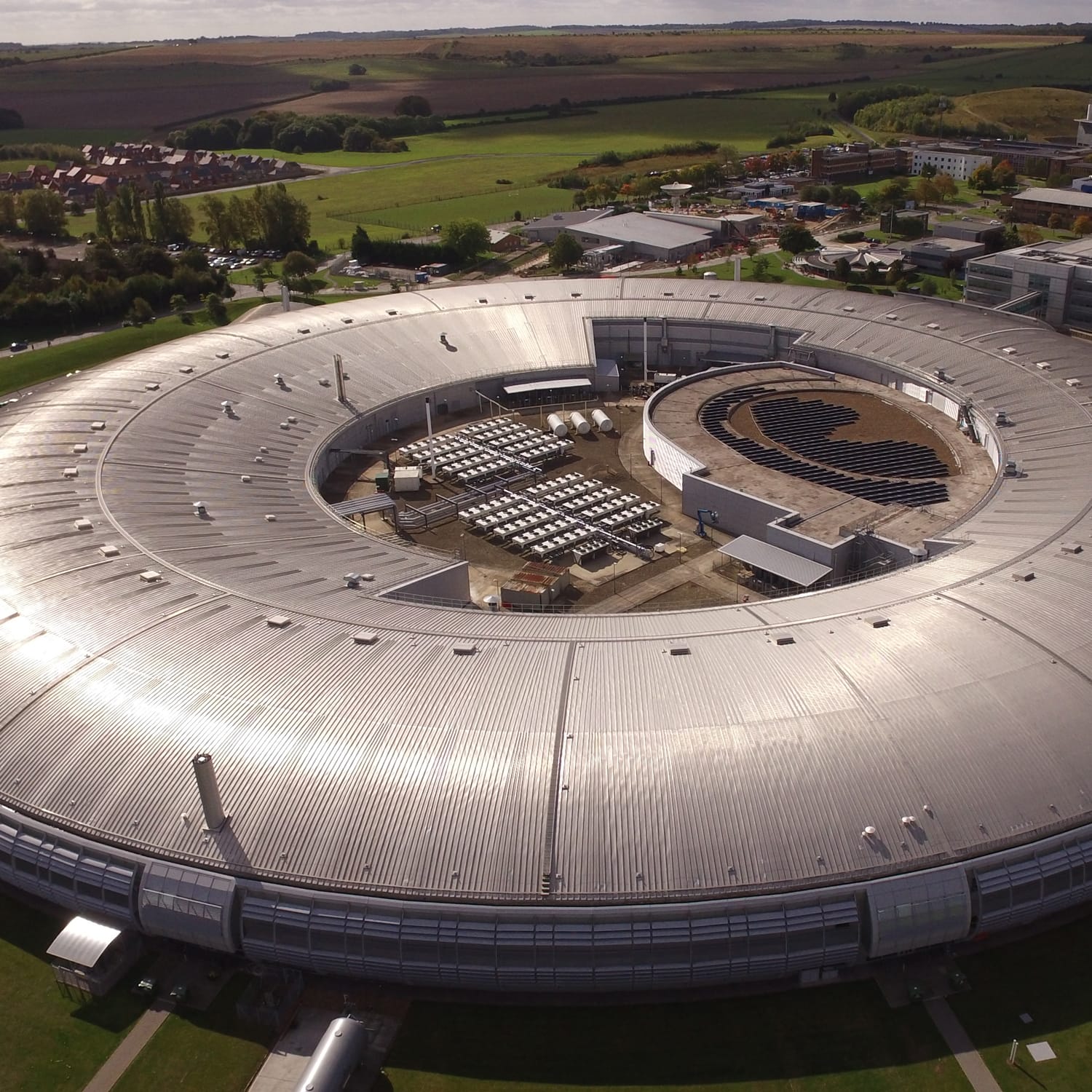
Diamond beamline identifies enzyme that could eat away plastic pollution
The inner workings of a recently discovered bacterium with the ability to use plastic as an energy source have been recently revealed in the journal Proceedings of the National Academy of Sciences. The world’s unique Long-Wavelength Macromolecular Crystallography (MX) beamline at Harwell based Diamond Light Source was used to successfully analyse the enzyme responsible for chomping up the plastic. This newly evolved enzyme could be the key to tackling the worldwide problem of plastic waste.
The discovery of the bacterium was made in Japan where it was found feeding on waste from an industrial poly(ethylene terephthalate) (PET) recycling facility. Following this discovery, a concerted effort by scientists from the University of Portsmouth, the National Renewable Energy Laboratory in Colorado, the University of South Florida, the University of Campinas in Sao Paulo and Diamond Light Source attempted to uncover more details about the enzyme. Their main approach was to determine its 3D structure at an extremely high resolution using the Long-Wavelength Macromolecular Crystallography beamline (I23) at Diamond, the only beamline of its kind in the world.
Commenting on the discovery, Professor Andrew Harrison, CEO of Diamond said: “With input from five institutions in three different countries, this research is a fine example of how international collaboration can help make significant scientific breakthroughs.
“The detail that the team were able to draw out from the results achieved on the I23 beamline at Diamond will be invaluable in looking to tailor the enzyme for use in large-scale industrial recycling processes. The impact of such an innovative solution to plastic waste would be global. It is fantastic that UK scientists and facilities are helping to lead the way.”
Plastic pollution is a global threat that desperately needs addressing. Plastics are rarely biodegradable and they can remain in the environment for centuries. The insights into the active site of the enzyme identified through the Diamond beamline will be invaluable in designing a highly-efficient plastic-degrading machine. It is thought that tailored enzymes like these could be used for large-scale industrial recycling processes which would offer an innovative solution to global plastic waste that is desperately need.